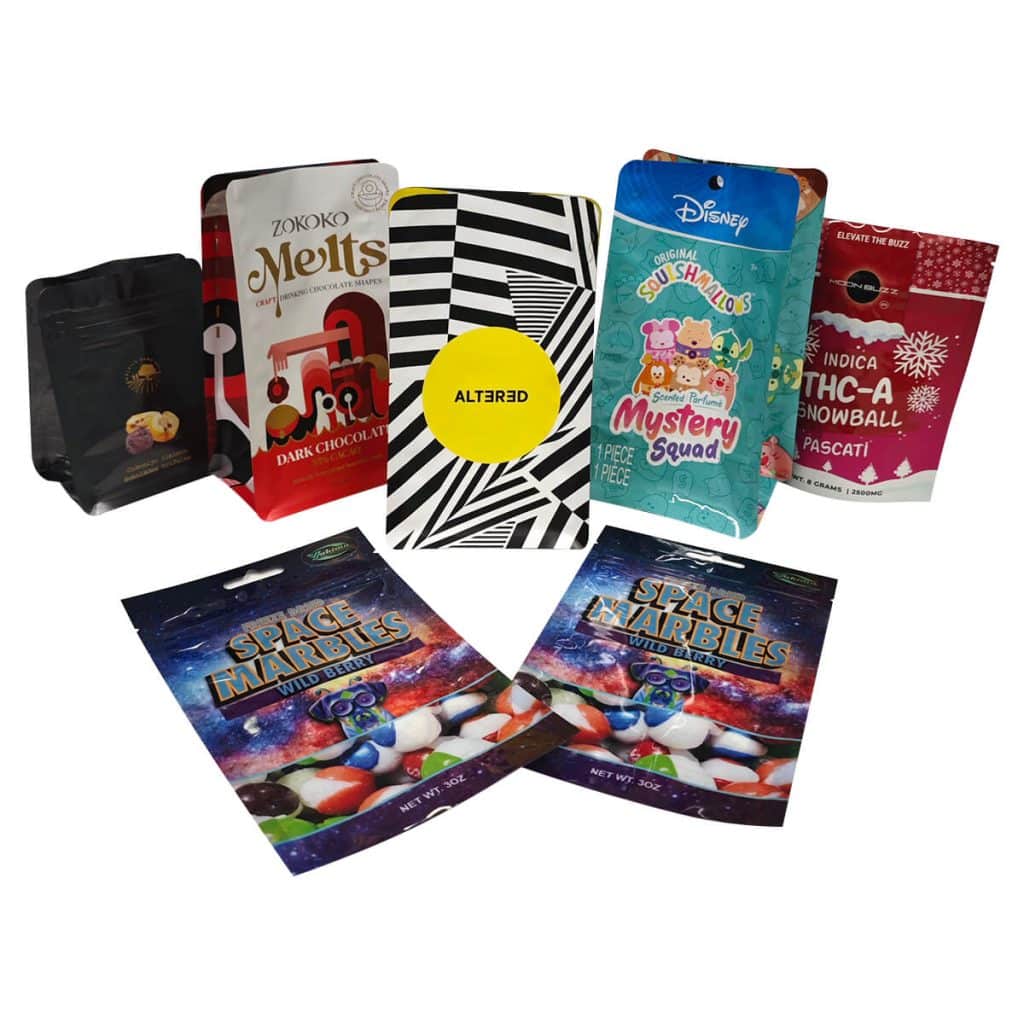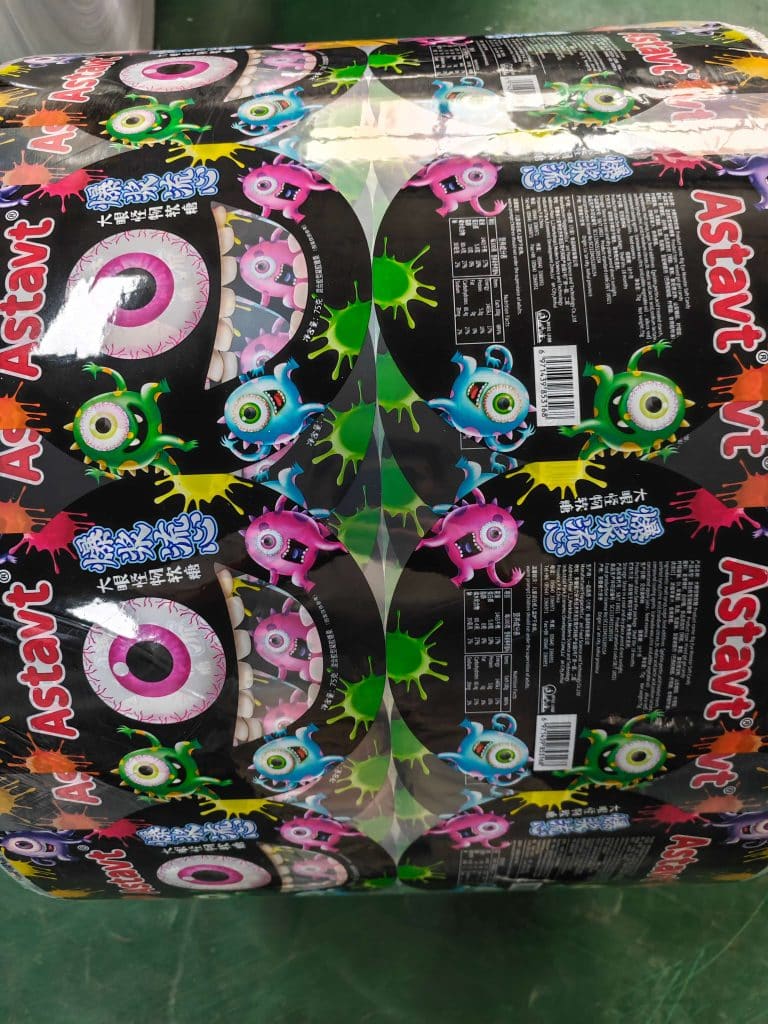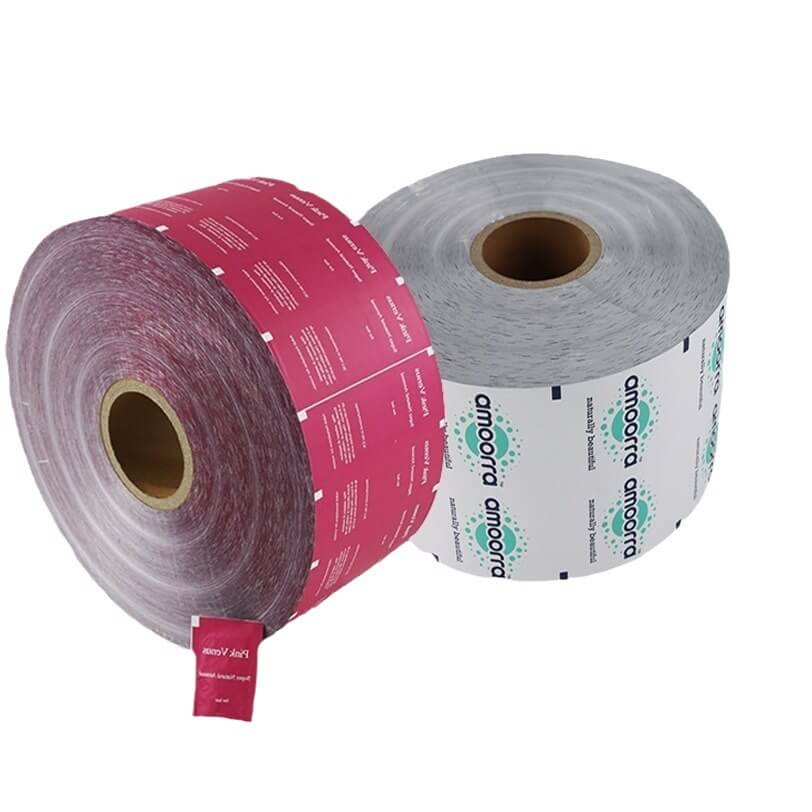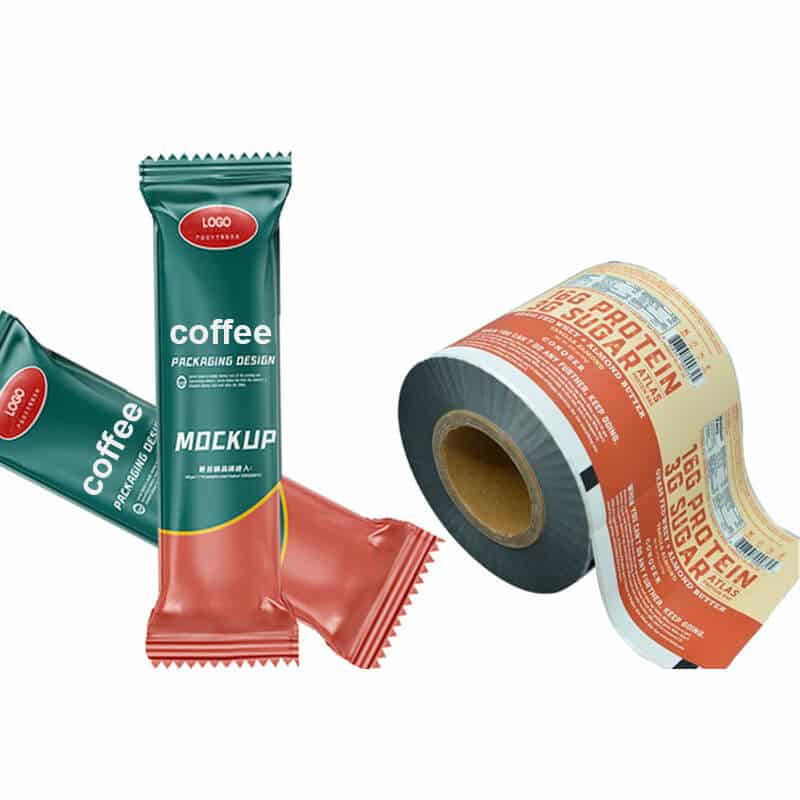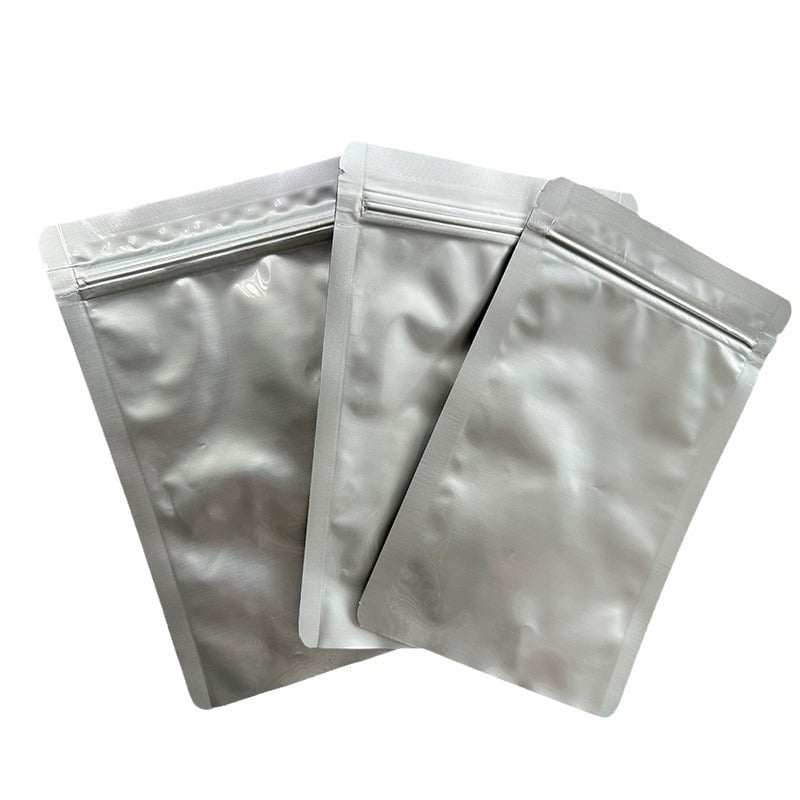Definition of PE
PE, also known as polyethylene (Polyethylene, referred to as PE), is a thermoplastic resin produced by the polymerization of ethylene monomer; according to the polymerization method, molecular weight chain structure of the different, can be divided into high-density polyethylene (HDPE), low-density polyethylene (LDPE), and linear low-density polyethylene (LLDPE) and ultra-high molecular weight polyethylene (UHMWPE).
PE (polyethylene) properties
Polyethene has good chemical stability; the mechanical properties of polyethene are general, tensile strength is low, creep resistance is not good, impact resistance is good, and it has good chemical stability.
Polyethene resin is a non-toxic, odourless white powder or granule with a milky appearance and a wax-like feel, with a low water absorption rate of less than 0.01%. Polyethylene film is transparent and decreases with increasing crystallinity. The water permeability of polyethene film is low, but the air permeability is large; it is not suitable for fresh packaging but for moisture-proof packaging. Flammable, oxygen index is 17.4, low smoke when burning, a small number of molten droplets, the flame is yellow and blue, paraffin odour. The water resistance of polyethene is good. The product’s surface has no polarity; it is difficult to bond and print; it is improved by surface treatment. It has many-branched chains, which makes its resistance to photodegradation and oxidation poor.
LDPE
First, LDPE (low-density polyethylene, also known as high-pressure polyethylene)
LDPE is the abbreviation of Low-Density Polyethy -line, the full name of low-density polyethylene, also known as high-pressure polyethylene, polyethene resin is zui light varieties.
Properties: tasteless, odourless, non-toxic, non-glossy surface, milky white waxy particles, a density of about 0.920 g/cm3, a melting point of 108 ℃ ~ 126 ℃. Insoluble in water, slightly soluble in hydrocarbons and so on. It is resistant to most acids and alkalis erosion, has negligible water absorption, and can still maintain softness at low temperatures with high electrical insulation.
Application: LDPE is suitable for food packaging, such as seasoning, pastry, sugar, candied fruit, cookies, milk powder, tea, fish, and meat floss. Tablet, powder, and other pharmaceutical packaging, shirts, clothing, knitted cotton, chemical fibre, and other fibre product packaging. Laundry detergent, detergent, cosmetics and other daily necessities packaging. Due to the poor mechanical properties of single-layer PE film, it is usually used as the inner layer of composite bags, a multi-layer composite film heat-sealing substrate.
LLDPE
Second, LLDPE (linear low-density polyethylene)
LLDPE is Linear Low-Density Polyethylene, the full name of the English language Linear Low-Density polyethylene, due to the absence of long branched chains in the structure, so different from the general low-density polyethylene.
Properties: Since the molecular structures of LLDPE and LDPE are different, the properties are also different. Compared with LDPE, LLDPE has excellent resistance to environmental stress cracking and electrical insulation, higher heat resistance, impact resistance, and puncture resistance.
Uses: LLDPE has penetrated most of the traditional markets for polyethylene, including film, moulding, pipe, wire and cable, and 65%~70% of LLDPE is used to make a film.
HDPE
Third, HDPE (high-density polyethylene)
HDPE, that is, high-density polyethylene, the full name of the English language. Density Polyethylene, also known as high-pressure polyethylene, has good heat and cold resistance and chemical stability but also has a high degree of rigidity, toughness, and good mechanical strength.
Properties: natural colour, cylindrical or flat round particles, particles are smooth and clean, the size of the particles in any direction should be 2~5 mm, no mechanical impurities, with thermoplasticity. The powder is white; qualified products are allowed to have a slight yellow colour.
Insoluble in general solvents at room temperature but soluble in aliphatic hydrocarbons, aromatic hydrocarbons and halogenated hydrocarbons in prolonged contact, slightly soluble in toluene, amyl acetate at 70 ℃ or above. Oxidization occurs when heated in air and affected by sunlight; it can resist the erosion of most acids and alkalis. It has little water absorption, can maintain flexibility at low temperatures, and has high electrical insulation.
Uses: It can produce film products, daily necessities, industrial hollow containers of various sizes, tubes, calendered and ligated tapes for packaging, ropes and cables, fishing nets and woven fibres, wires and cables, etc.
UHMWPE
Fourth, UHMWPE (ultra-high molecular weight polyethylene)
Ultra-high molecular weight polyethylene, English name ultra-high molecular weight polyethylene (referred to as UHMWPE), is the molecular weight of more than 1.5 million unbranched linear polyethylene.
Properties: UHMWPE density: 0.920 ~ 0.964g/cm3, heat distortion temperature (0.46MPa) 85 ℃, melting point 130 ~ 136 ℃. Due to its extremely high molecular weight, it has excellent abrasion resistance, impact resistance and chemical stability.
Use: Used to manufacture highly wear-resistant engineering plastic parts, bearings, sliding parts, conveyor belts, etc. It can also be used in artificial joints, bullet-proof vests, etc.
Comparison of 4 PE performance parameters
| Name | Density(g/m3) | Crystallinity(%) | Melting point(℃) |
| LDPE | 0.910-0.925 | 65-75 | 108-126 |
| LLDPE | 0.913-0.930 | 70-90 | 118-140 |
| HDPE | 0.941-0.965 | 85-95 | 125-136 |
| UHMWPE | 0.944-0.954 | 80-85 | 125-138 |
Comparison of 4 PE uses
| use | Percentage of resin | product |
| Film products | 50% of LDPE 10% of HDPE 70% of LLDPE | Used for food, daily necessities, vegetables, shrink, self-adhesive, garbage and other lightweight packaging film, mulch film, shed film, cling film, etc.; Heavy packaging film, tear film, undershirt bags, etc.; Packaging film, garbage bags, fresh bags, ultra-thin mulch film. |
| Injection molded products | 30% of HDPE 10% for LDPE 10% for LLDPE | Daily necessities such as pots, tubs, baskets, boxes, etc., corrugated boxes, thermos shells, cups, tables, toys and so on. |
| Hollow products | HDPE-based | Used for food oil, alcohol, gasoline and chemical reagent barrels, children’s toys and so on. |
| Pipe products | HDPE-based | Tubular plastics for water supply, gas distribution, irrigation, threading, straws, refills, cosmetics, pharmaceuticals, shoe polish, toothpaste, etc. |
| Silk products | HDPE for round filament, HDPE and LLDPE for flat filaments | Fishing nets, cables, industrial de nets, civil screens and other textile bags, cloth, tear film. |
| Cable products | Mainly LDPE | Cable insulation and protective materials. |
| Other products | HDPE, LDPE, LLDPE | Packing tapes and profiles. |

